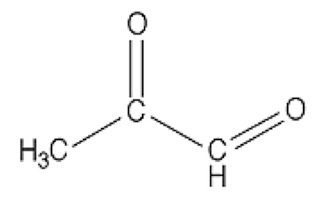In any experiment, randomization is the central criterion necessary to make an inference about cause and effect. This is true whether we are studying inanimate objects, isolated proteins, cells, animals, or people. Randomization helps us remove the influence of both known and unknown confounders. The ultimate confounders are choice and the passage of time. People …




